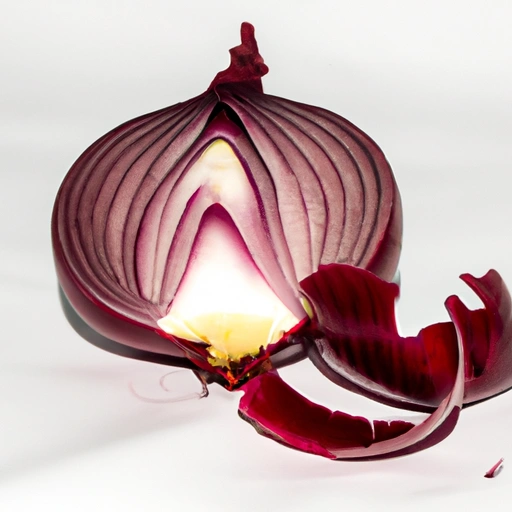Purple Onion
Description

Purple onion, also known as red onion, is a type of allium that is cherished for its vibrant color and pungent flavor which can add a bold touch to a variety of dishes. Characterized by its deep purple outer skin and reddish-purple layers, it is a common ingredient in numerous recipes worldwide. Available in varying sizes, purple onions are measured in both American (cups, tablespoons, ounces) and European (grams, milliliters) units, catering to cooks and chefs across the globe.
Common uses
Purple onions are commonly used both as a primary ingredient to provide a robust flavor and as a garnish to add a pop of color to dishes.
Nutritional value
Calories
A typical purple onion contains about 40 calories per 100 grams (3.5 oz).
Protein
It has approximately 1.1 grams of protein per 100 grams (3.5 oz).
Fat
Purple onions contain a negligible amount of fat, making them a low-fat ingredient.
Carbohydrates
They are composed of about 9.34 grams of carbohydrates per 100 grams (3.5 oz), primarily from natural sugars and dietary fiber.
Vitamins
Purple onions are a good source of vitamin C, and also contain small amounts of vitamins A and B-complex.
Minerals
They provide minerals such as calcium, magnesium, and potassium, as well as a significant amount of the trace mineral chromium.
Health benefits
Purple onions offer numerous health benefits, including immune system support from vitamin C, improved heart health due to their antioxidant properties, and regulation of blood sugar levels attributed to the chromium content. The fiber in purple onions also promotes digestive health.
Potential risks
Consumption of purple onions may cause heartburn or digestive discomfort in some individuals. Furthermore, they can be a potent allergen or cause eye irritation during cutting due to the release of a gas called syn-Propanethial-S-oxide.
Common recipes
Purple onions are featured in dishes such as salads, sandwiches, salsas, pickles, and as a topping for pizzas and burgers.
Cooking methods
They can be enjoyed raw, sautéed, grilled, caramelized, or pickled. Cooking often mellows their flavor.
Pairing with other ingredients
These onions pair well with acidic ingredients like vinegar and citrus, as well as rich foods like cheese and avocado.
Summary
Purple onions are a valuable and versatile ingredient in kitchens around the world. With their striking color, distinctive flavor, and considerable health benefits, they can elevate both the nutritional profile and aesthetic appeal of any dish. Whether raw or cooked, purple onions are sure to impart a memorable taste and texture to a wide range of culinary creations.